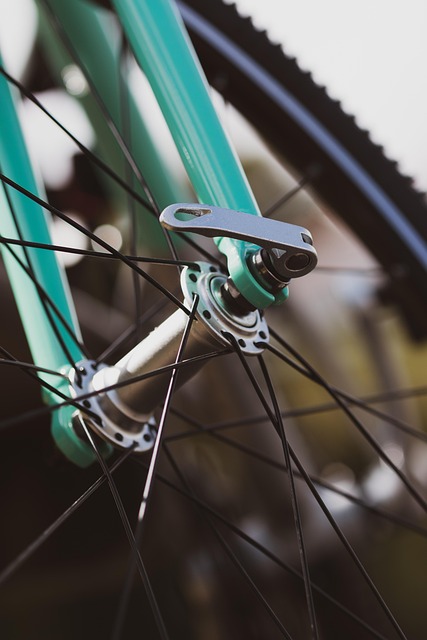Cycling Gloves: Choosing Padded, Fingerless and Full-Finger Options
Cycling gloves are a small but important piece of kit that influence comfort, control, and hand protection on every ride. Whether you ride short commutes, long road miles, or technical trails, the right gloves help manage pressure on the palms, reduce vibration, and protect skin from abrasion. This article explains the common glove types and practical factors to consider so you can match gloves to your riding style and conditions.

This article is for informational purposes only and should not be considered medical advice. Please consult a qualified healthcare professional for personalized guidance and treatment.
What are cycling gloves and why use them?
Cycling gloves are gloves designed specifically for bicycle use, with features to improve grip, comfort, and protection. They typically provide padding in the palm, breathable fabrics on the back, and a secure closure at the wrist. Gloves reduce direct pressure on nerves and soft tissues in the hand, help absorb road and trail vibration, and protect skin in case of a slide. For many riders they also improve grip when hands are sweaty and make it easier to operate controls like brakes and shifters with confidence.
How do padded gloves improve comfort?
Padded gloves concentrate cushioning where your hands hit the bars—usually the thenar eminence and areas over the ulnar nerve. Padding materials vary from closed-cell foam to gel inserts; each balances shock absorption with thinness to preserve bar feel. Properly placed padding helps spread pressure and reduce numbness on long rides, but too much bulk can reduce tactile feedback. Fit and pad placement matter: gloves should sit snug without compressing the hand, letting you sense levers while softening impacts from bumps and rough pavement.
When to choose fingerless gloves?
Fingerless gloves (also called half-finger) are popular for warm-weather road and leisure cycling. They provide palm protection and padding while leaving fingertips free for ventilation, dexterity, and touchscreen use. Fingerless gloves are a good match for road cyclists, commuters, and recreational riders who prioritize cooling and easy gear handling. However, they offer limited protection in crashes and less insulation in cool or wet conditions, so many riders switch to full-finger models as temperatures drop or risk increases.
When to opt for full finger gloves?
Full finger gloves cover the entire hand and are common for mountain biking, cold-weather riding, and situations where abrasion protection matters. They keep fingers warmer and protect skin from branch strikes, loose gravel, and falls. Modern full-finger gloves often include thin, tactile materials on the fingertips for braking and touchscreen interactions. Choose insulated or windproof versions for cold conditions and lightweight breathable fabrics for muddy or moderate climates. Fit is key: too-tight fingers reduce circulation, too-loose gloves can catch or impede shifts.
Choosing gloves for your bicycle rides
Match glove features to the type of bicycle riding you do. For long road rides, prioritize padded gloves with breathable backs and a secure wrist closure. For mountain biking, look for full-finger options with reinforced palm panels and durable fabrics. Commuters often prefer practical details like phone-compatible tips, reflective accents, and easy-on pull tabs. Consider hand size and wrist circumference—many manufacturers provide size charts—and test gloves with the bars and levers you normally use. Regularly inspect seams, padding compression, and grip material wear to know when to replace them.
Conclusion
Good cycling gloves address three practical needs: control, comfort, and protection. Padded gloves reduce pressure and vibration; fingerless gloves favor breathability and dexterity in warm weather; full finger gloves add protection and warmth for rougher rides. When selecting gloves, focus on fit, padding placement, material breathability, and the specific demands of your bicycle trips—commute, long road ride, or trail sessions. Care and maintenance (gentle washing, air drying, avoiding heat) preserve fabric and padding life. Over time, replace gloves that show compressed padding, torn palms, or worn grip to maintain the benefits they provide on the bike.






